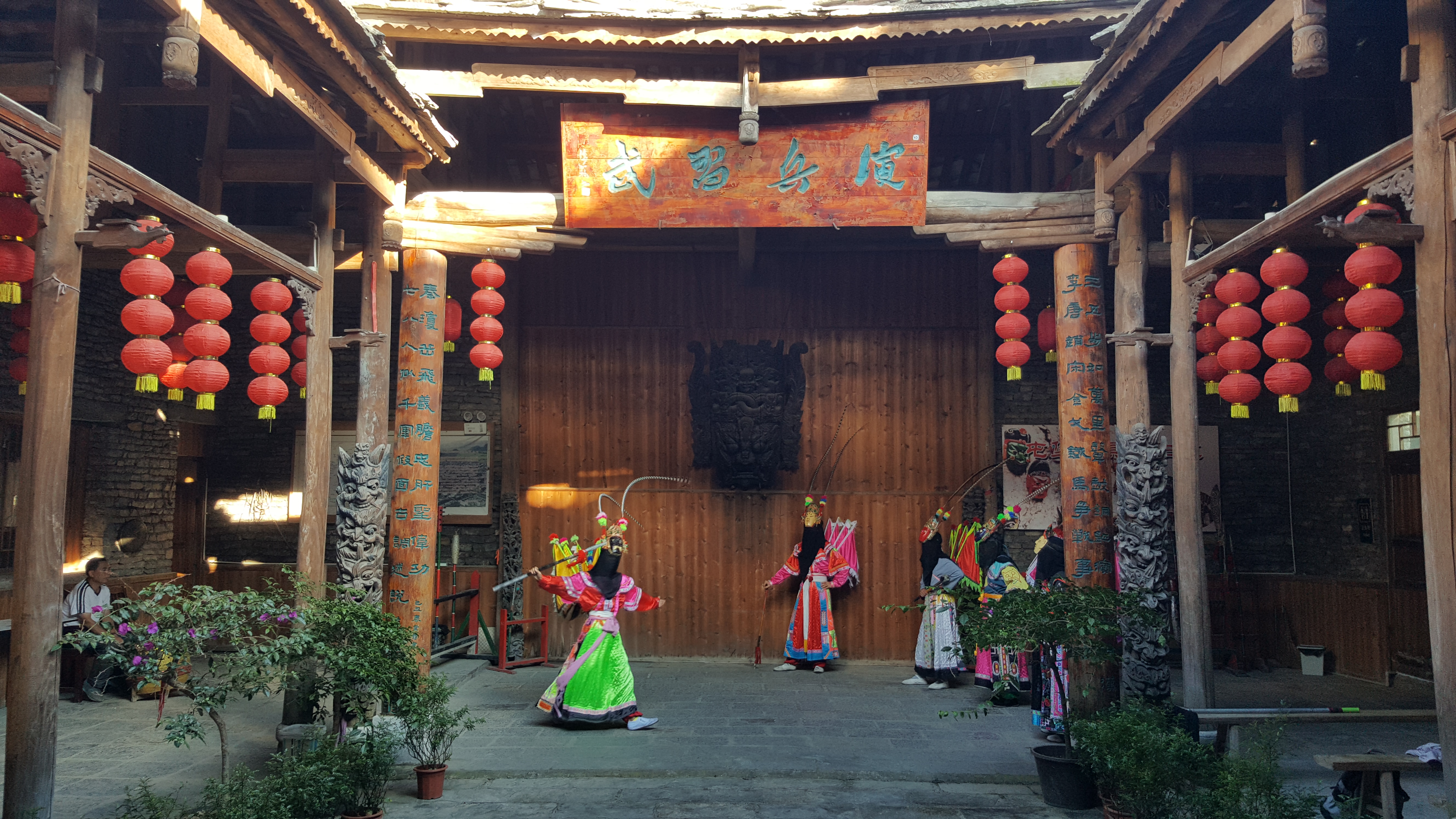Developed over thousands of years with a changing boundary, China boasts one of the world’s most diverse culture. As the Chinese proverb goes, local variations in culture in China can be as great as having ‘different temperaments every ten li, different customs every one-hundred li’(十里不同風,百里不同俗) (Overmyer, 2001: 18). With reference to our discussion in “What is Cultural Geography?”, a cultural geography approach to China helps us better appreciate this cultural diversity in two ways.

The first way is to think spatially about Chinese culture, as this website attempts in its five Regional Topics. With a territory of around 9.6 million km2, China is marked by wide physical geographical differences. Variations in climate, landforms and locations have afforded people in different parts of the country disparate opportunities and challenges to lead their lives. Cultural diversity in China is the combined result of various unique couplings of natural environment and human experience across the country.
The second way is to think culturally about places in China, as this website attempts in its four Thematic Topics. The diversity of places that we see today in China are traces of the country’s geographically varied and historically evolving culture. A study of why each of these places have assumed their distinctive appearance and significance can generate insights into the conspicuous influence of different strands of Chinese culture in the everyday life of people in China.
Overmyer, D. L. (2001). From “feudal superstition” to “popular beliefs”: New directions in mainland Chinese studies of Chinese popular religion. Cahiers d'Extrême-Asie, 12, 103–126.


